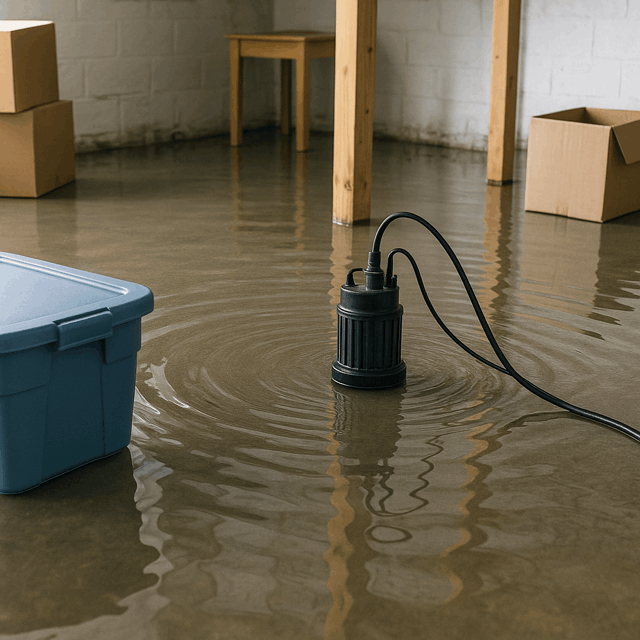
After a Basement Flood
* Avoid Entering
* Turn Off the Power
* Wear Protective Gear
* Stop the Source...
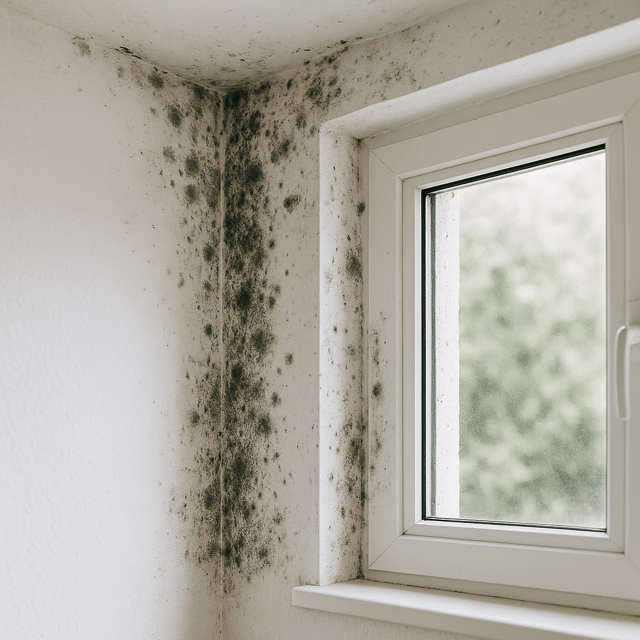
Signs of Mold in Your Home?
* Musty Odour
* Visible Discoloration
* Water Stains
* Peeling Paint...

We Work with Your Insurance
* Immediate Response
* Damage Documentation
* Clear Communication
* Insurance Estimates...
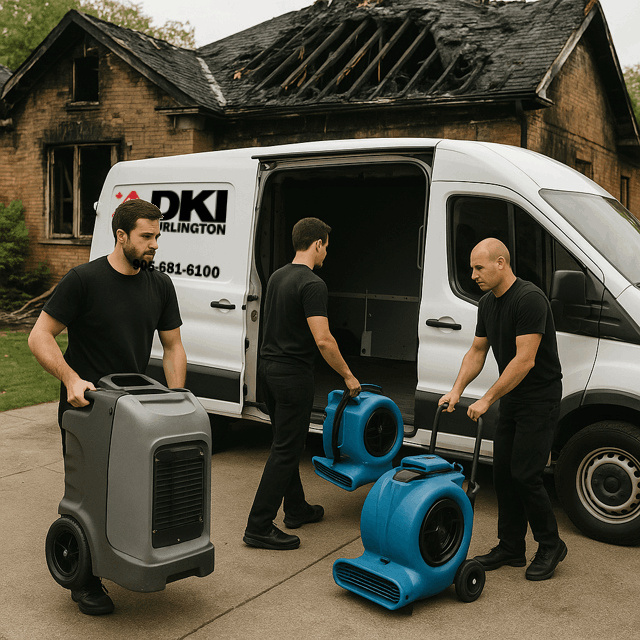
After Fire Damage
* Prevent Secondary Damage
* Salvage Belongings
* Reduce Repair Costs
* Protect Indoor Air Quality...
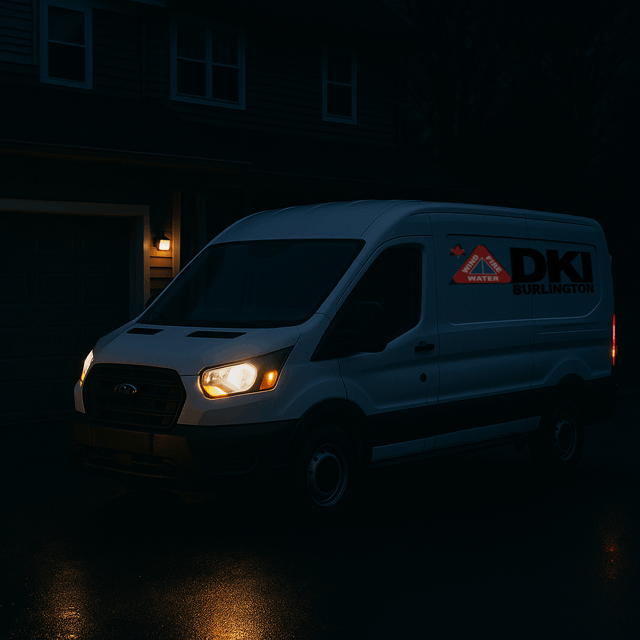
24/7 Response
* Day or Night & Holidays
* No Waiting or Worrying
* Immediate Containment
* 24/7 Response is Critical...
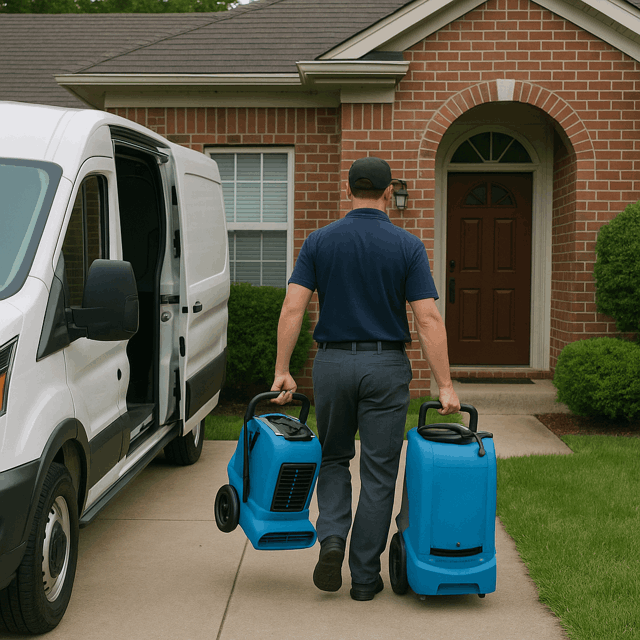
A Day In the Life
* Look inside a Day of our techs
* Our Techs are the 1st On Site
* Our Techs are the last to Leave
* They Bring Calm to Chaos...